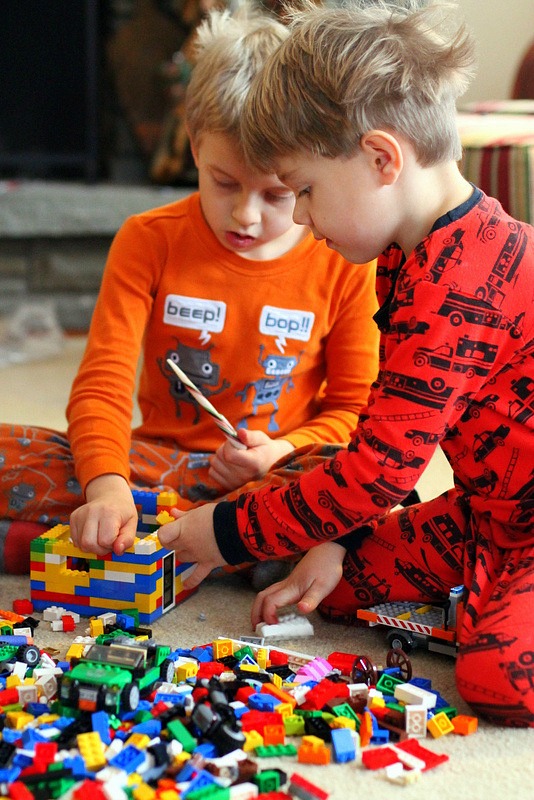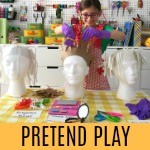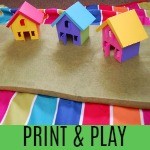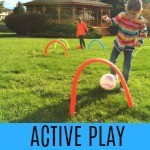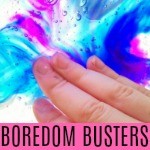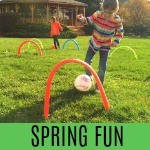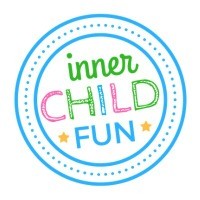For generations, Lego Bricks have been applauded by teachers and parents as one of the best toys for learning, building creativity, and strengthening fine-motor skills. Lego Bricks are an open-ended toy, meaning they can become just about anything a child or adult imagines, including an educational tool. Listed below are 3 creative ways to use Lego Bricks for learning at home.

This post contains affiliate links. All opinions are my own.
As a Learning Manipulative
Lego Bricks are a great learning manipulative for sorting and learning colors, practicing counting, addition, subtraction, and learning fractions. For older children, try pairing them with flashcards, homework assignments, workbooks, or math apps. Very young children who still mouth toys will enjoy building and creating with Lego Duplo Building Sets. Preschool aged children will enjoy sorting Lego Bricks into colored cups and counting them.
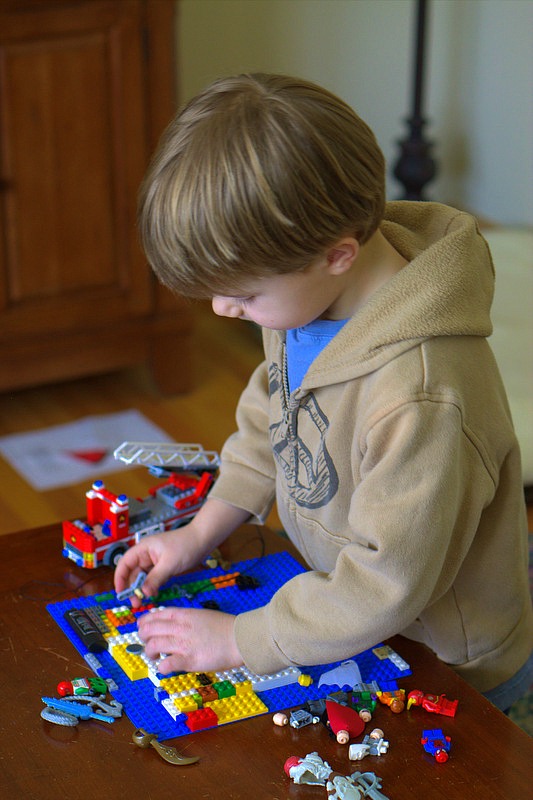
As a Historical Learning Resource
Coupled with high quality children’s books from the library, arts and crafts projects, and visits to museums, Lego Bricks are a great toy to accompany history lessons. Learn about the pyramids and ancient Egypt, pirates, the Revolutionary War, ancient Rome, or the Old West.
To Build Science, Technology, Engineering, and Math (STEM) Skills
Lego Bricks teach children about architecture, engineering, and technology. In the image below, my children collaborate while building a structure for their Lego Mini Figures to live in. They even included windows and doors! Following the directions that accompany sets of Lego Bricks will teach future engineers the importance of reading blue prints; if one line is accidentally skipped, the structure may not be sound.
